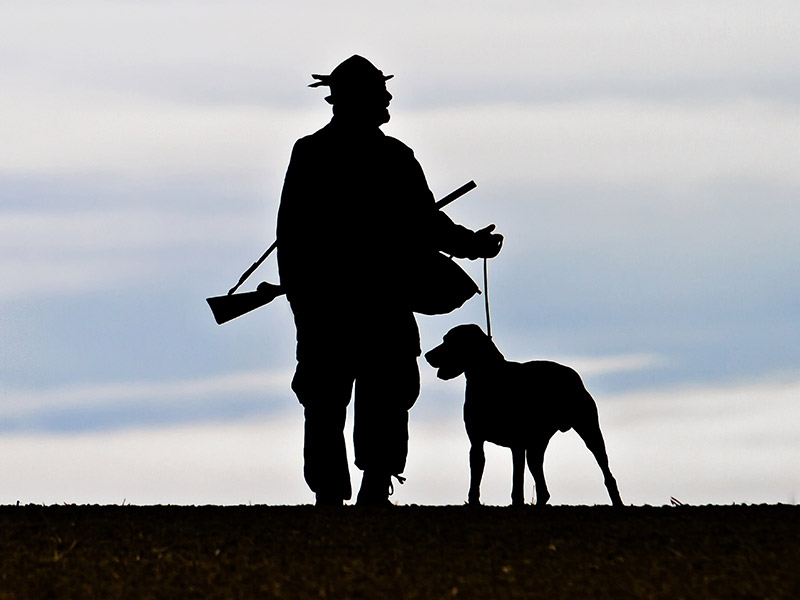English: Urial; French: Urial; in Astor: Urin; Baluchi: Kar; Brahui: Kar; Iranian: Ghuch-e-Uyreal; Ladakhi: sha, shapo, shapu; Pashto: Zahra hii Gada; Punjabi: urial; Tamil: airppiyak kàttuàtu; Turkish: Yaban koyunu, Dag koyunu; Urdu: Jangli Dumba, Gud.
Former distribution: As now.
Present distribution: From eastern Iran into USSR, Turkmeniya; through Afghanistan into Pakistan (Baluchistan), India, Ladakh, Astor and Gilgit, Kashmir.
Behaviour: See Mufflon
Population status: Rare. Estimated numbers: Iran: no records; USSR: no records; Afghanistan: no records; Pakistan: not more than 1000; India: no records.
Brief notes:
Body weight: 50-90 kg
Head and body length: 125-145 cm
Tail length: 8-10 cm
Shoulder height: 90-100 cm
Gestation period: 5-6 months
Maximum age: Up to 15 years
Trophy: Record SCI: 170 4/8 score, 1977 Iran, RASHID JAMSHEED; average 110 score. RW’s: 46″, 1976 Iran, H.I.H. ABDORREZA. CIC: 335.30 points, 1981 Afghanistan; average 265 points.
Hunting methods: Stalking.
Subspecies: 5
1. Arkal Urial Ovis o. arkal USSR, Turkmeniya, north-eastern Iran; northern Afghanistan. Rare. Estimated numbers: No records.
2. Ladakh Urial Ovis o. vignei India, Ladakh and Kashmir. Rare. Estimated numbers: No records. Trophy: No records.
3. Punjab Urial Ovis o. punjabiensis Pakistan, Punjab. Rare. Estimated numbers: About 1000. Trophy: Record SCI: 119 6/8 score, 1980 Punjab, RASHID JAMSHEED; average 100 score. RW’s: 41 1/2″, 1909 Pakistan, MAJ.G. DODD.
4. Baluchistan Urial Ovis o. blanfordi Pakistan; central and southern Baluchistan. Rare. Estimated numbers: No records. Trophy: No records.
5. Severtzov’s Urial Ovis o. severtzovi USSR; Turkmeniya, Nuratau range, Kizil Kum Desert. Stable. Estimated numbers: No records.
Remarks: Urials are still poached by local people in spite of protection by law, and their decrease continues. More information required on population status and distribution. Predators include wolves, leopards, caracals.
